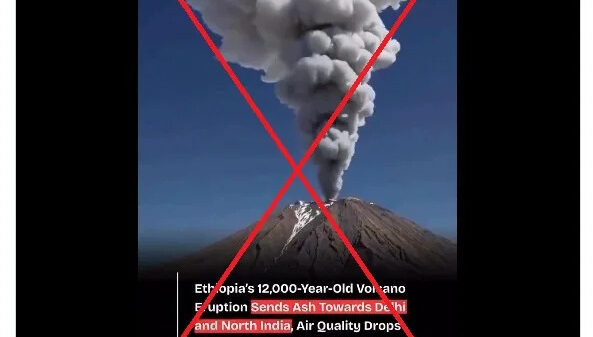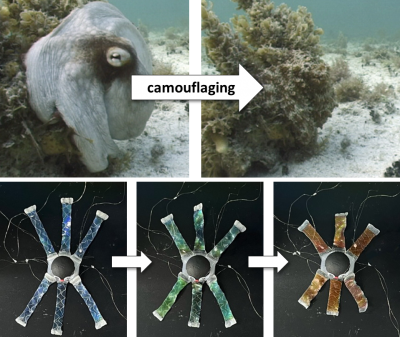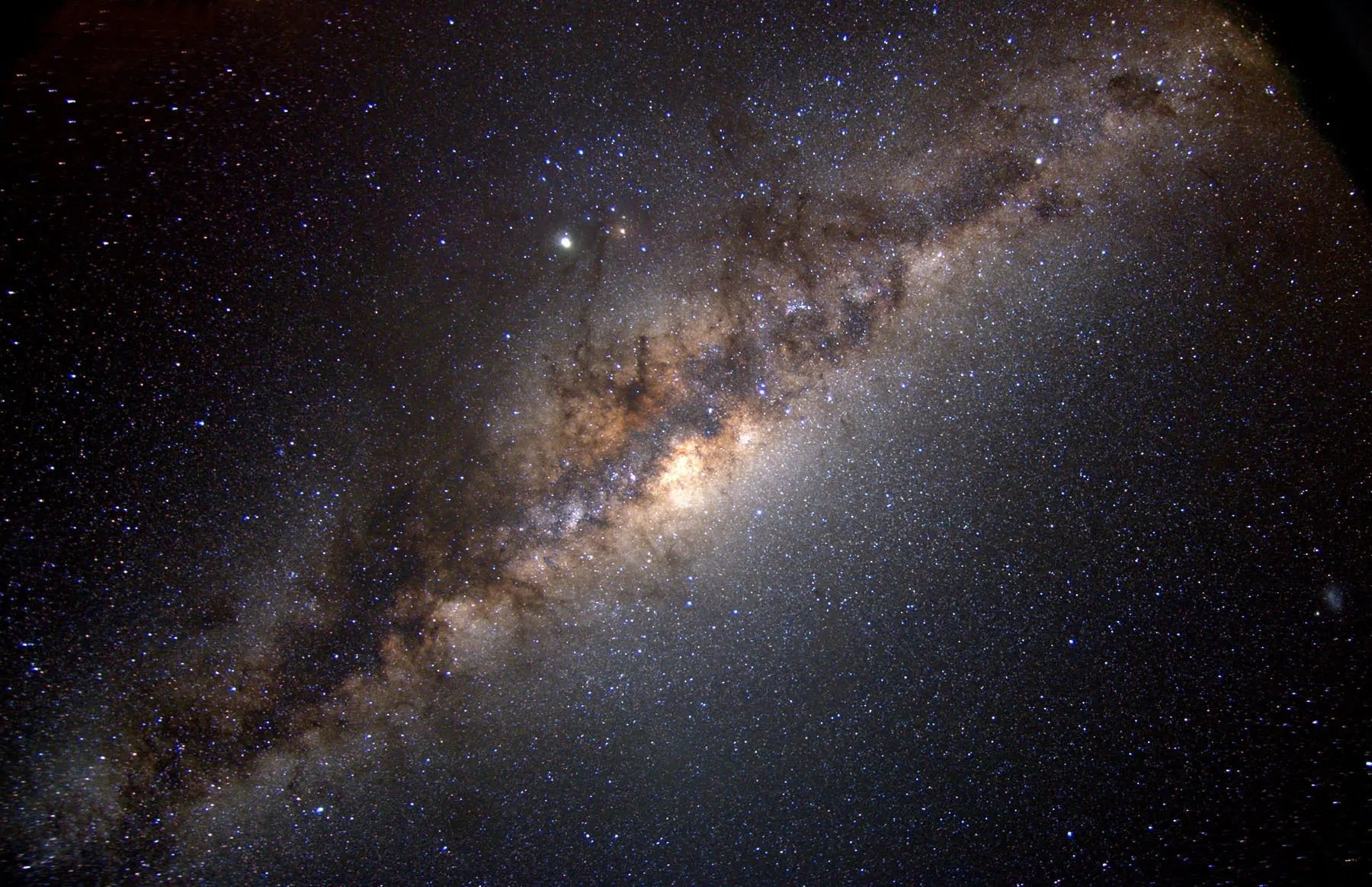Research from Curtin University reveals that the structural evolution of the Milky Way galaxy has significantly influenced the geological development of Earth’s crust. This groundbreaking study, published on September 19, 2025, in the journal Physical Review Research, challenges long-held beliefs that Earth’s geological history was shaped solely by internal processes.
The research team, led by Christopher L. Kirkland, a Geology Professor at Curtin University, and Patrick James Sutton, a Senior Lecturer in Astrophysics at the University of Lincoln, argues that ancient crystals beneath Earth’s surface provide evidence of these galactic influences. They detail how impacts from meteorites, as Earth orbited the center of the Milky Way, played a crucial role in shaping the planet’s crust.
Galactic Influences on Earth’s Geological History
According to the researchers, the chemistry of zircon crystals may reflect the rhythm of meteorite impacts over billions of years. This finding indicates a direct connection between astrophysical events and Earth’s geological evolution. Previously, scientists believed that the processes occurring within the planet were primarily responsible for its geological features, without considering external cosmic influences.
Prof. Kirkland stated, “Their findings show that Earth’s geological evolution cannot be understood in isolation and suggest that astrophysical processes on a galactic scale have directly influenced geological history.” This insight opens new avenues for future research, potentially bridging the fields of geology and astronomy.
The study highlights how events from the galaxy, such as the distribution of minerals and volatiles from asteroids and comets, as well as the effects of nearby supernovae, have left lasting imprints on Earth. The researchers emphasize that the interaction between cosmic events and terrestrial geology provides a more comprehensive understanding of the planet’s development.
Implications for Future Research
The implications of this research extend beyond academic curiosity. It may usher in a new era of astro-geological science, where the interconnections between the universe and Earth’s geological processes are explored in greater depth. Prof. Kirkland concluded, “It suggests that astrophysical processes on the scale of the Milky Way may have directly influenced the continents beneath our feet and the conditions that made life possible.”
As scientists continue to investigate these connections, the findings from Curtin University may reshape our understanding of Earth’s history and its place within the cosmos. The study serves as a reminder that the evolution of our planet is part of a much larger narrative, intricately linked to the vast universe beyond our atmosphere.





































































